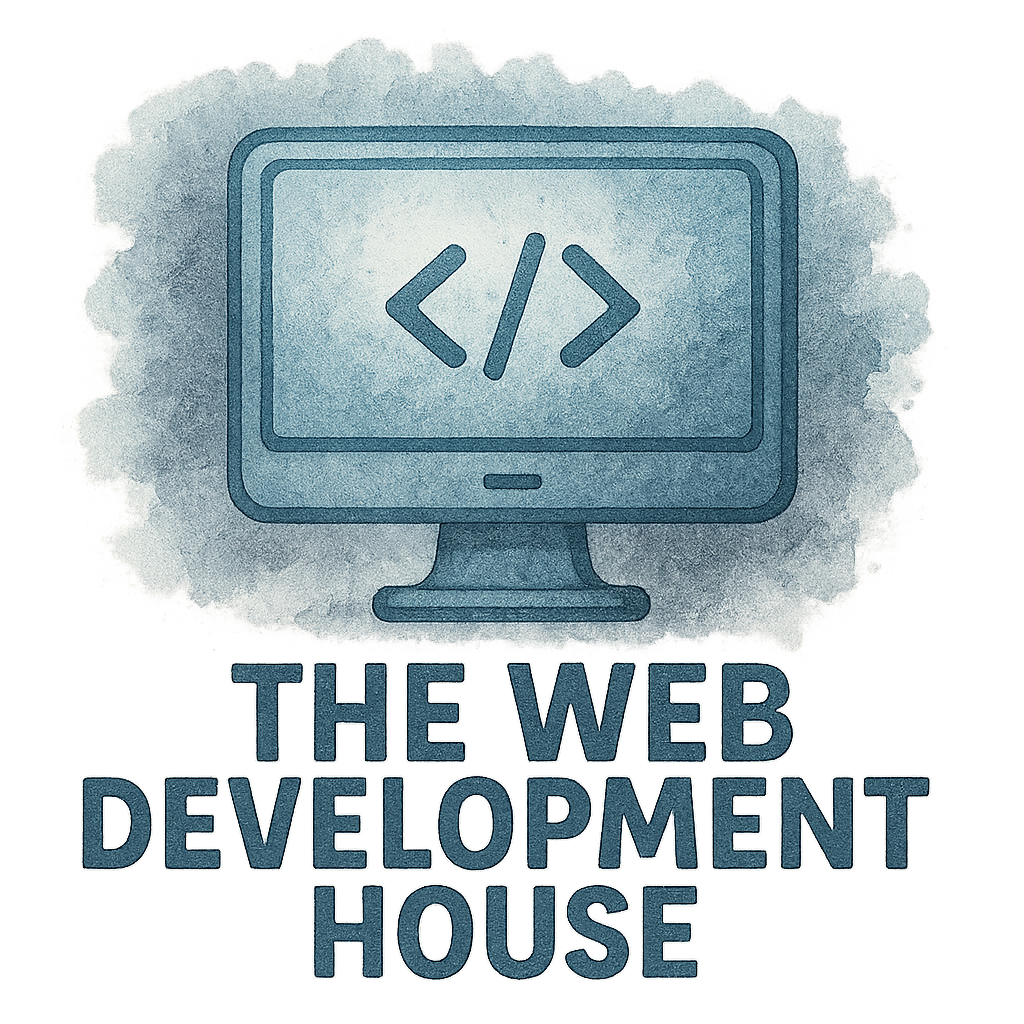🔍 Introduction to Cross-Platform Tools
If you’re part of a fast-moving mobile house or digital product team, chances are you’re already juggling performance demands, design expectations, and tight deadlines. The secret weapon? Cross-platform tools. They let you write once and deploy everywhere — boosting productivity and collaboration without sacrificing quality.
In this article, we’ll explore 8 of the most loved cross-platform tools every modern mobile house uses, and how they align with the culture, core values, and workflows at places like The WD House.
💡 Why Cross-Platform Tools Are Essential in 2025
Time is money, especially in startup ecosystems and dev houses. Instead of building separate apps for Android and iOS, cross-platform tools allow teams to build once, test once, and deploy everywhere.
Modern mobile development depends on efficiency — and these tools are the MVPs.
1. Flutter
What Is Flutter?
Flutter, developed by Google, uses Dart to help developers create stunning, natively compiled applications for mobile, web, and desktop — all from a single codebase.
Why Mobile Dev Houses Love It
- Hot reload speeds up development cycles.
- Skia rendering engine gives you complete control over UI.
- Perfect for pixel-perfect UI/UX design.
Flutter plays a big role in teams focused on both frontend excellence and performance-heavy features.
2. React Native
React Native’s Versatility
Backed by Meta, React Native bridges the gap between web and mobile development. If your team already knows React, moving into mobile is seamless.
Design & Development Unity
React Native allows shared logic, real-time updates, and strong community plugins. It also empowers design-driven development — especially when UI/UX and best practices matter most.
3. Xamarin
Power of Microsoft’s Framework
If your dev house thrives on C# and the .NET ecosystem, Xamarin is a powerful cross-platform contender.
Cross-Platform C# Brilliance
Xamarin enables shared business logic across platforms, all while providing native API access for performance.
It’s a favorite in hybrid teams that blend enterprise app needs with lean startup workflows.

4. Ionic
Hybrid App Framework for Web Devs
Built on standard web technologies (HTML, CSS, JavaScript), Ionic is often chosen by teams with a strong web development background.
Why It’s Still in Demand
It integrates easily with Angular, React, or Vue — making it a flexible choice. Plus, it fits right into the web development lifecycle.
5. Unity (for Game-Focused Apps)
Unity Beyond Games
Sure, Unity is known for games, but its cross-platform abilities are unmatched for interactive, AR, or simulation apps.
Why It Works for Mobile Houses
- Unified development experience
- Rich asset ecosystem
- Great for teams venturing into AR/VR and beyond
Unity fits perfectly with dev houses innovating beyond traditional mobile apps.
6. Kotlin Multiplatform Mobile (KMM)
Kotlin for Shared Codebases
KMM lets devs share logic between iOS and Android apps using Kotlin. UI stays native, while business logic is unified.
How KMM Powers Agile Teams
Used by top mobile houses with a strong project management framework, KMM enhances consistency across platforms and simplifies QA.
7. Apache Cordova
Lightweight & Effective
Cordova lets developers use web technologies to build native apps. Think of it as a bridge between mobile APIs and JavaScript.
Still Relevant in 2025?
While newer tools exist, Cordova remains popular for basic apps and quick MVPs. It’s a go-to for small teams with tight budgets.
8. NativeScript
JavaScript for Truly Native Apps
NativeScript allows you to build truly native apps with JavaScript (or TypeScript). No WebView. Just real native performance.
Dev House Adoption of NativeScript
For teams fluent in Angular or Vue, NativeScript offers rapid mobile deployment with deep platform integration.
Used often in development houses focused on speed and delivery.
⚙️ Key Considerations for Choosing the Right Tool
UI, Performance, and Integration
Every mobile house must consider:
- UI/UX complexity
- Device integration (camera, GPS, sensors)
- Long-term maintainability
The right tool depends on team skills, deadlines, and core values.
🏢 How Cross-Platform Tools Fit into Mobile House Culture
Collaboration & Core Values
The best tools are the ones your team can grow with. Culture, flexibility, and transparency matter more than shiny frameworks.
Want to understand how tools shape culture? Explore company culture at The WD House.
You’ll see how collaboration and empathy create environments where tools serve the people — not the other way around.
🚀 Conclusion
Cross-platform tools are more than technical assets. They’re cultural multipliers.
Whether you’re using Flutter for rich UI, React Native for speed, or Ionic for hybrid simplicity — choosing the right tech stack shapes how your dev house thrives.
Explore how modern teams integrate tools, values, and strategy at The WD House, a place where development meets design and delivery.
❓ FAQs
1. Which cross-platform tool is best for startups?
Flutter and React Native are top choices due to their performance, large community, and flexibility.
2. Can I use React Native and Flutter in the same project?
Technically yes, but it’s complex and not recommended for small teams.
3. Is NativeScript still relevant in 2025?
Yes! Especially for devs experienced in Angular or Vue who want native performance.
4. What are some key tags related to mobile house tools?
Check out mobile-app, features, and startup.
5. How do these tools help with productivity?
Using one codebase speeds up dev cycles, testing, and delivery. Learn more at productivity.
6. Should I learn Flutter or React Native first?
Depends on your background. Web devs may prefer React Native. Newcomers often choose Flutter.
7. Where can I explore more services and best practices?
Dive into services and best practices at The WD House.

